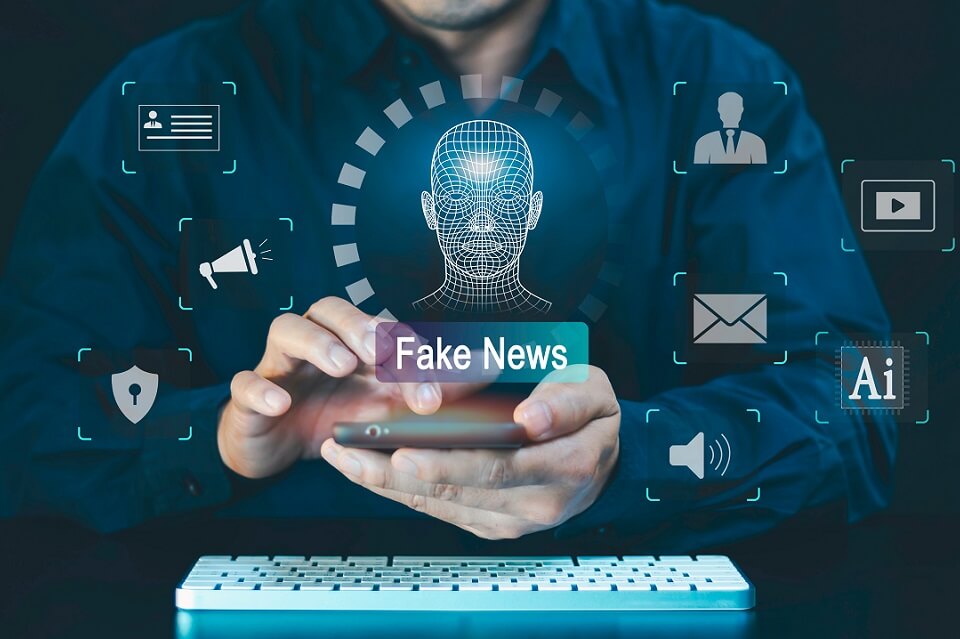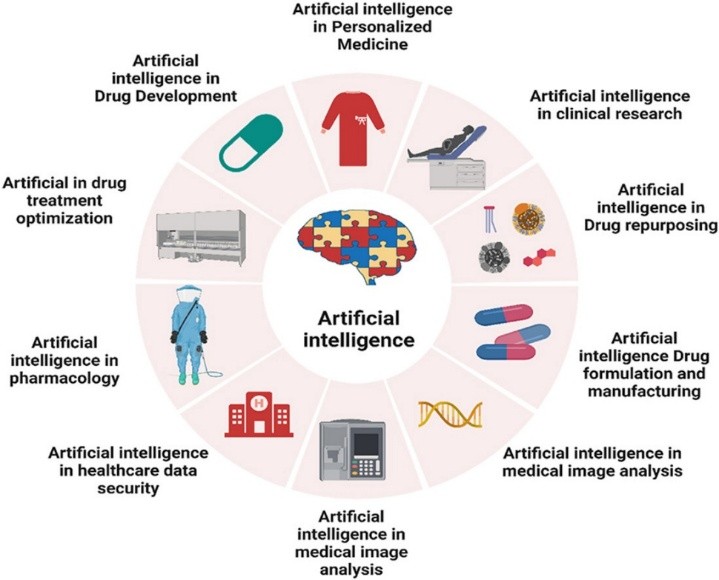How Artificial Intelligence Helps Spot Fake News
Introduction: How Artificial Intelligence Helps Spot Fake News
We all see news stories online every day. Some are true, some are false. It is hard to believe. Lots of people use AI to help know if news is true or fake. I will tell you how it works in simple words.
How does artificial intelligence learn to find fake news?
People give AI many news stories. Some are true, some are fake.
AI looks for clues like:
Words like “Unbelievable!” Or “Shocking!”
Stories from websites no one knows.
After a while, AI gets good at finding these clues. When a new story comes, it asks: “Does this look like fake news?”
If yes, it warns us.
What does AI check?
AI watches the words people use. True news sounds calm and normal. Real news is calmer and more balanced. The AI learns these differences.
Source and website
AI can check where the news came from. Trusted sources have a record. If it comes from a random blog or unverified page, AI becomes cautious.
Consistency with facts
If a story says something that clashes with known facts—like “The moon is made of cheese”—AI detects the mismatch and flags it as false.
Images and media
Some fake news uses images out of context. AI can check if the image was used before in an unrelated story. If yes, that is suspicious.
Network behaviour
AI also looks at how stories spread. If something is shared heavily but only among a small group, AI may see that as suspicious. If a story shows up on many trusted websites, it is probably true.
What does AI do if it thinks a story might be fake?
How Artificial Intelligence Helps
AI does not say “Fake!” Loud.
It might:
Say “Check this”
Add a note: “Not sure if true”
Hide it a little so fewer people see it
Show a small warning sign
This helps people check before sharing.
Can AI make mistakes?
Yes.
Sometimes AI says true news is fake. That is a false alarm.
Sometimes AI misses fake news. That is a mistake.
Artificial intelligence learns from mistakes and gets better.
Why is artificial intelligence good?
Artificial intelligence is fast — reads many stories fast;
Artificial intelligence never gets tired.
How Artificial Intelligence Helps
What to watch out for?
New tricks: Fake news makers try new tricks. AI must keep learning.
How can regular people help?
You do not need to be a tech expert to help fight fake news. Just do simple things like:
Check the author and source — Who wrote it? When was it published? Is the website trustworthy?
Use fact-checking websites — These sites (run by people and AI together) help check if stories are true.
Think before sharing: If a story makes you feel very strong—angry, excited—pause and check before forwarding.
Tell platforms: If a flagged article seems real or a suspicious one is okay, give feedback.
Real world examples
Some social media sites attach labels like “Disputed” or “False” next to stories. AI helped decide those labels.
News apps sometimes show a small alert: “This may be false.” AI tool spotted the red flags.
Chat apps can warn you before you forward a message that is gone viral. That warning often comes from AI.
These steps have made fake news less and given people more pause to think.
How Artificial Intelligence Helps Spot Fake News
Final Thoughts
How Artificial Intelligence Helps
AI is not magic, but it helps us find fake news.
It is faster than people.
We should use AI and our brains together.
The news moves fast. AI helps keep us safe. And when we all use that helper with care, we make the online world a little more honest.


